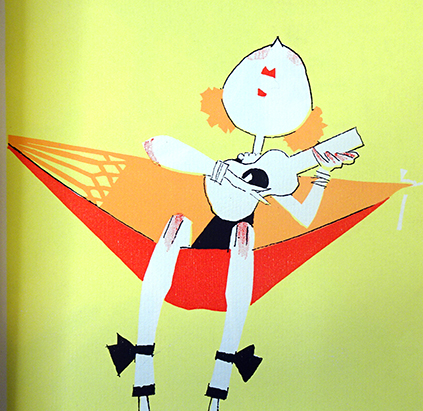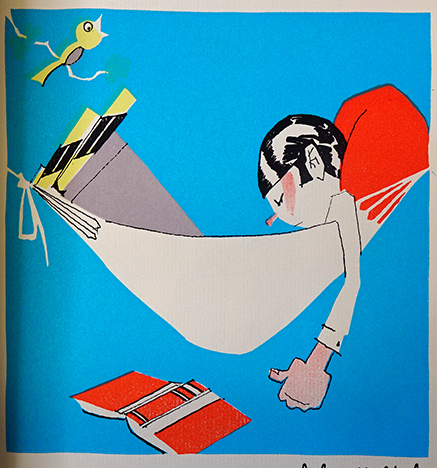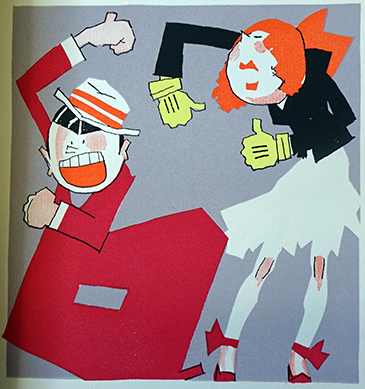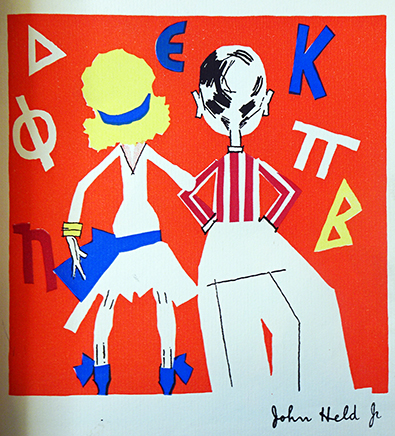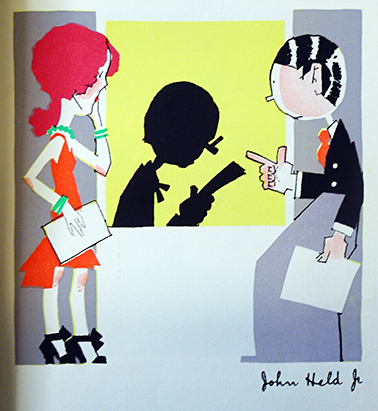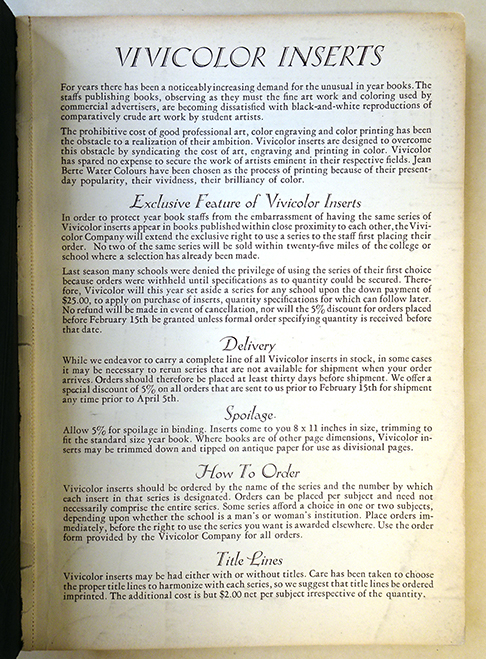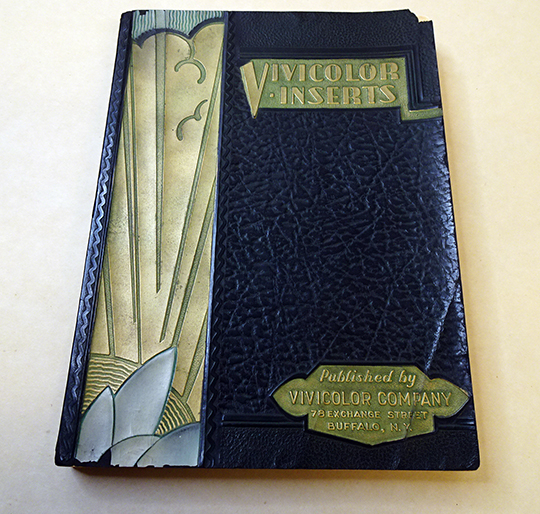 Berté Water Colour Printing. Vivicolor Inserts (Buffalo: Vivicolor Company, 1930). Also acquired 1929 edition and Jean Berté Water Colour Inks (Belleville, NJ: Wallace & Tiernan Products, ca. 1929). Graphic Arts Collection GAX 2021- in process
Berté Water Colour Printing. Vivicolor Inserts (Buffalo: Vivicolor Company, 1930). Also acquired 1929 edition and Jean Berté Water Colour Inks (Belleville, NJ: Wallace & Tiernan Products, ca. 1929). Graphic Arts Collection GAX 2021- in process
Pochoir (stencil) printing makes beautiful color images but is expensive and difficult to master. To get the same look in less time Jean Berté (1883-1981) patented an innovative process that used rubber plates and water-based inks printed letterpress. Beginning in 1926, he sold dozens of licenses in the United States along with equipment, inks, and presses specifically designed for this process. In Europe, where pochoir was still preferred, few printers even tried the new method.
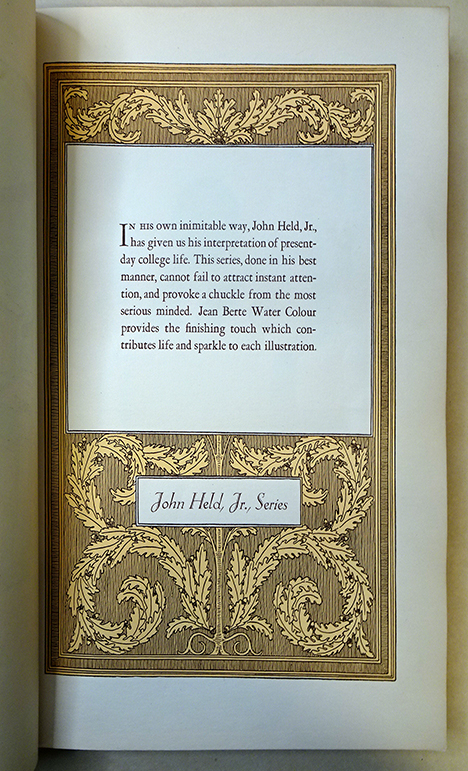
It is difficult to know which companies bought a license to the process for their own use and which Berté himself directed. The Vivicolor Company in Buffalo began producing Berté color plates for various uses, including inserts or sectional title pages for college yearbooks. Each sheet has a one-word heading such as Activities; Administration; Advertising; etc., along with an image designed around a particular theme. In 1930 you could choose from 13 different series such as Colonial American, Indian, Modernistic, Ultra-Modern, Moorish, Grecian, Alma Mater, Medieval, and Louis XIV.
Some of the artists hired to design these series included John Held Jr., Bertram Glover, Ellsworth Jaeger, and Norman Kent among others. Vivicolor guaranteed that “no two schools within 25 miles of each other would have the same inserts.”
Here are some details from John Held Jr.’s series with the full plate and text cropped to focus on the printed image.

